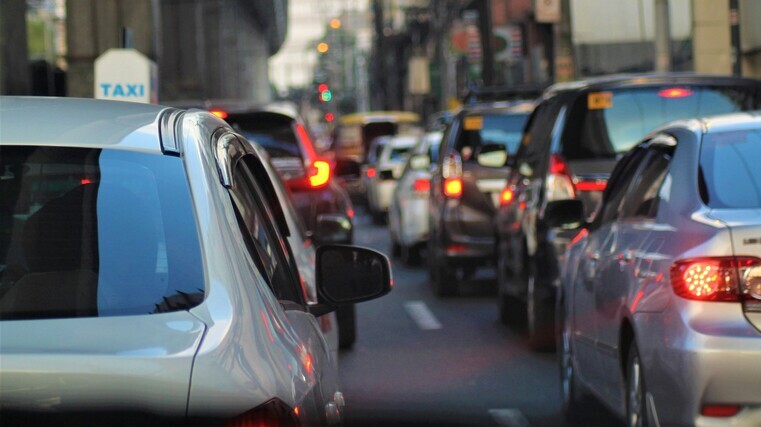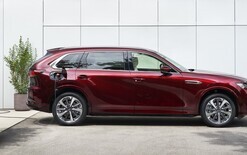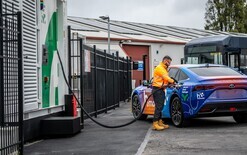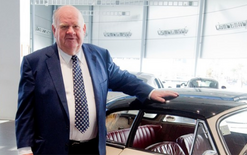Clean-car rules reviewed

The Biden administration and hte US Department of Energy (DoE) have revised clean-air regulations designed to mandate that 50 per cent of new-vehicle sales by 2030 be battery-electric cars and trucks.
Clean-air and emissions targets and rules set by the DoE and Environmental Protection Agency (EPA) have been relaxed, allowing more time for carmakers in the US to sell internal-combustion engine (ICE) vehicles while consumers get used to all-electric models.
The concession, brokered with DoE and the White House by the Alliance For Automotive Innovation and Congressional Automotive Caucus, will help marques avoid heavy financial penalties potentially reaching US$10.5 billion through to 2032.
It will allow car companies to use a wider range of technology to meet emissions targets and sell more ICE vehicles through 2030, especially full-size pick-ups.
The final rule for the petroleum-equivalent fuel economy calculation (PEF) softens the previous Biden administration’s framework by adding three years to the phase-in of the new rule, cutting the PEF over that time by 65 per cent versus the previously proposed 72 per cent by 2027.
This will allow original equipment manufacturers to build more petrol-powered vehicles through 2030 while still meeting corporate average fuel-economy requirements. This was crucial to maximise profits of ICEs until selling BEVs becomes profitable.
Under the previous proposal, General Motors, for example, would have potentially faced the heaviest penalties at US$6.5b with Stellantis facing US$3b and Ford possibly being hit for US$1b.
The practical side of the decision to roll back the likelihood of penalties is that carmakers have done their bit to put BEVs on the road, but their consumer adoption of has softened because of prices, persistent inflation and underdeveloped public charging infrastructure.
Biden’s officials also took into account carmakers’ efforts to help build out charging stations and agreements with Tesla Motors to utilise the latter’s fast-charging network.
Marques also are responding to the slowdown in consumer adoption of all-electric cars by fast-tracking more plug-in hybrids and petrol hybrid models to the market – vehicles that get greater fuel economy and don’t rely on public-charging infrastructure.
John Bozzella, chief executive of the Alliance for Automotive Innovation, says the previous DoE proposal would “perversely disincentivise the production of battery electric vehicles” and would have forced carmakers to pay substantial civil penalties.
Dealers have also been vocal in asking for the proposed rules to be revised. Owners representing thousands of dealerships sent the second of two open letters so far to Biden on January 24 asking the president to “hit the brakes” on the switch to BEVs, reports Wards Auto.
“Since the first letter, the evidence continues to mount that these regulations go too far, too soon,” says dealer Mickey Anderson, chief executive of Baxter Auto Group, in Omaha, Nevada, who organised the letter-writing campaign.
Meanwhile, the EPA announced new vehicle-emissions standards in mid-March. Under its final rule, the industry could meet pollution limits if 56 per cent of new-vehicle sales are electric by 2032, along with at least 13 per cent plug-in hybrids or other partially electric cars, as well as more efficient petrol-powered models.
The final rule does reflect the Biden administration’s resolve to push BEVs as fast as the market can absorb them. The target of 56 per cent by 2032 compares with a BEV market share of 7.6 per cent in 2023.
The EPA rule applies to model years 2027-32. It significantly reduces emissions of greenhouse gases, nitrogen oxides and particulate matter from new passenger cars, light trucks and pick-ups.
Transport makes up the largest source of US greenhouse gas emissions with cars and trucks accounting for more than half of such pollution.





